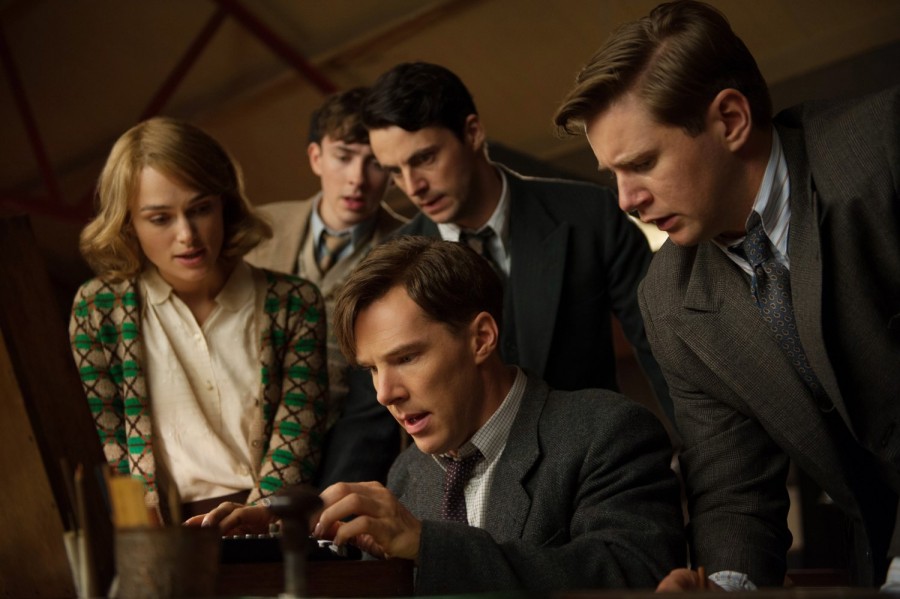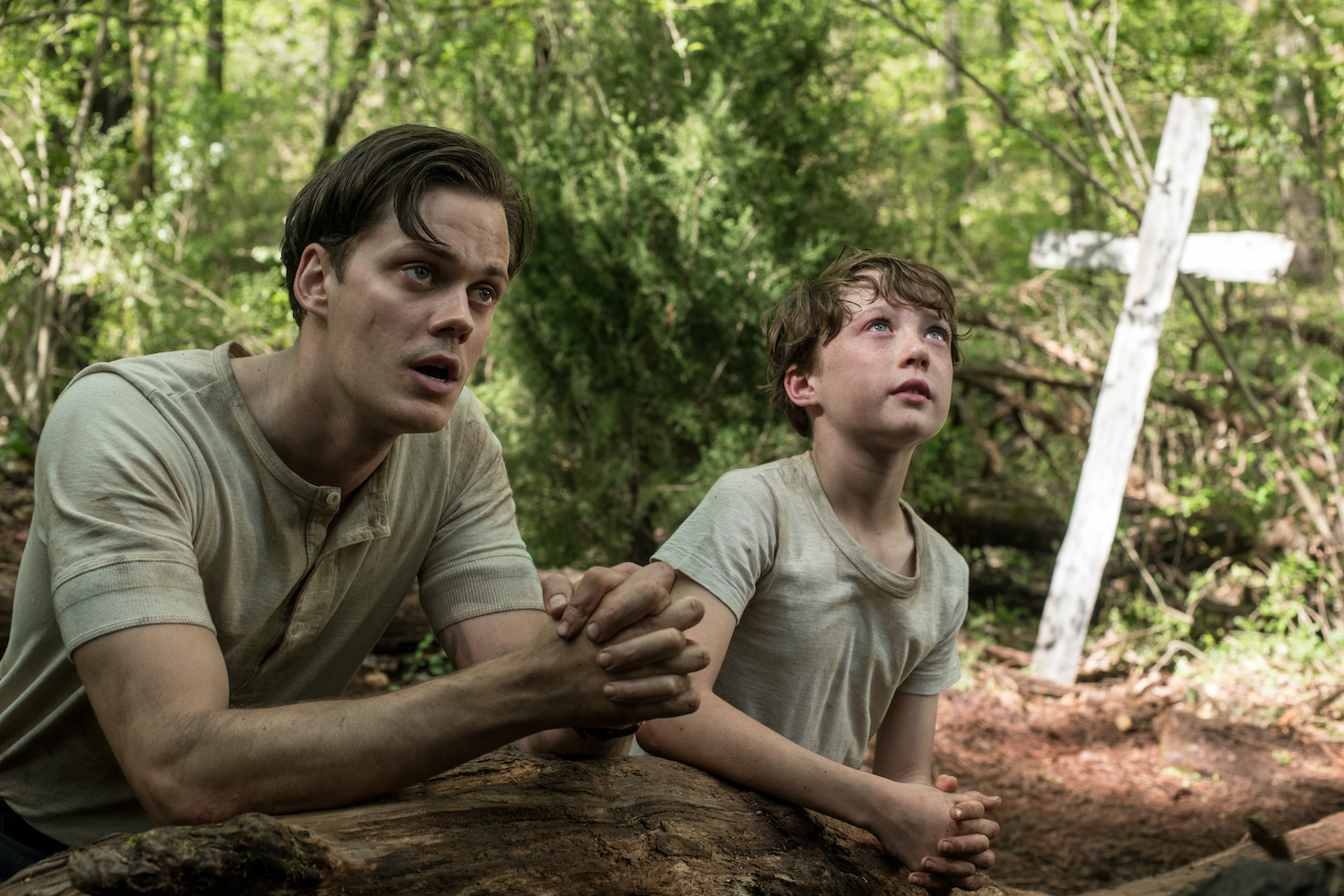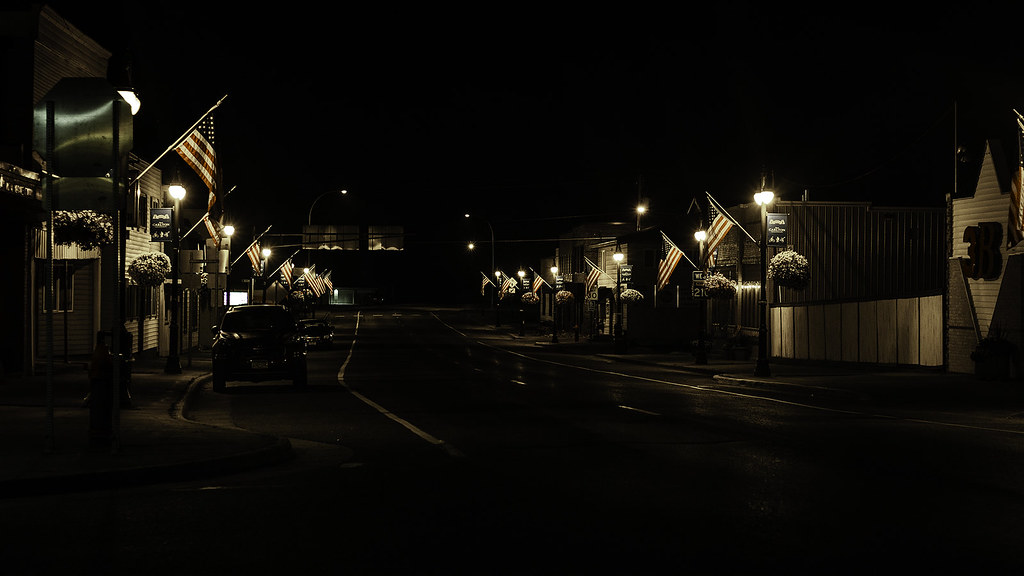
Ah, small-town America. The very phrase conjures up images straight out of a nostalgic postcard: quaint main streets bustling with local businesses, white picket fences standing guard over cozy homes, and early 19th-century bridges just begging for a leisurely bike ride. It’s a vibe, as some might say—a cinematic backdrop where youthful hopes bloom, friendships are forged under endless summer skies, and the biggest worry might just be the ice cream shop running out of sprinkles. For those of us detached from the actual ‘small town America’ thing, movies have pretty much built our entire perception of this idyllic existence, often to the tune of Midwest emo tracks playing softly in the background.
But what happens when that wholesome, apple-pie image gets utterly shattered? What if those tranquil, close-knit communities, far from the bustling anonymity of big cities, become the very breeding ground for unspeakable evil? It turns out, that picturesque facade often hides secrets far more sinister than any big-city concrete jungle could ever dream of. Beneath those quiet streets and behind those friendly neighborly curtains, something truly eerie can fester. Everyone, it seems, has something to hide, and when the bonds shatter, the whimsical kids are forced to face harsh realities that no one saw coming.
Today, we’re tearing down the ‘Welcome to Our Quaint Town’ sign and diving headfirst into the terrifying truth: some of America’s most haunting horror films aren’t just figments of a screenwriter’s twisted imagination. They are chillingly rooted in real-life heartbreak that shook quiet American communities to their core, transforming idyllic landscapes into the stuff of nightmares. From isolated murders to bizarre disappearances, these movies draw on actual events that have scarred towns and fueled campfire tales for generations. Prepare to confront the unsettling truth behind these chilling films, as we explore 12 horror movies whose roots can be traced back to the dark corners of American small towns, where innocence died and terror was born.
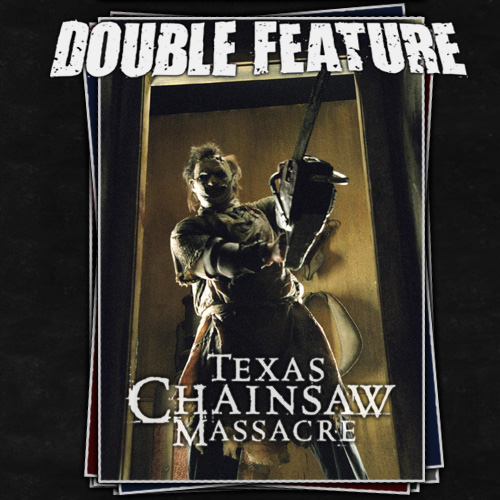
1. **The Texas Chainsaw Massacre Was Inspired by Rural Wisconsin’s Ed Gein**: Let’s kick things off with a classic that many assume is pure, unadulterated Texas terror, but whose gruesome inspiration actually hails from a far chillier climate. While Tobe Hooper’s 1974 masterpiece scorched screens with its sun-baked Texas setting, the truly stomach-churning crimes that provided its macabre blueprint originated in Plainfield, Wisconsin. This wasn’t just a simple case of a bad apple; it was the entire orchard going spectacularly, horrifically rotten.
Back in the 1950s, the quiet farming town of Plainfield was ripped open by the revelations surrounding Ed Gein. Authorities discovered he had exhumed corpses and, to put it mildly, crafted grotesque trophies from their remains. Yeah, it’s exactly as horrifying as it sounds. This wasn’t some isolated incident; Gein’s actions were so profoundly shocking that the small community was changed forever, leaving an indelible stain on its history and psyche.
Hooper’s film masterfully transplanted this Midwestern horror, amplifying the terror with a deranged, cannibalistic family and a chainsaw-wielding killer who became an icon of cinematic dread. Yet, even with all the Texas-sized theatrics, the core of the story remains unsettlingly rooted in those real-life horrors that shook a quiet Midwestern community. It blurs the line between fact and fiction in a way that continues to disturb audiences decades later, making you wonder just how much of what you see on screen is truly made up.
What makes Gein’s legacy so potent is that his crimes didn’t just stop at inspiring one film. His grim hobby of exhuming the dead and crafting unspeakable items from their remains also served as a dark muse for other legendary horror figures. Think about it: the isolated, disturbed individual with a penchant for collecting gruesome keepsakes? That’s not just Leatherface. Gein’s disturbing reality also heavily influenced the creation of Norman Bates in “Psycho” and even the notorious Buffalo Bill in “Silence of the Lambs.” It turns out, the quiet guy next door really can be the worst kind of monster, and sometimes, he’s even worse than Hollywood can imagine.
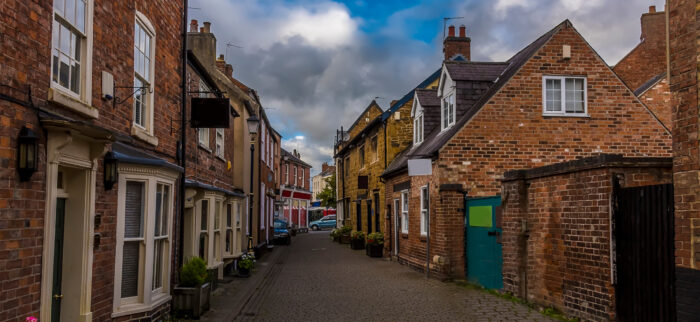
2. **The Town That Dreaded Sundown Echoes Texarkana’s Phantom Killer**: Imagine living in a town where the memory of a masked killer is so ingrained, so terrifyingly real, that a movie about it becomes a controversial annual tradition. That’s the legacy of the Phantom Killer in the twin cities of Texarkana, straddling Texas and Arkansas. In 1946, these communities were gripped by a terror that feels like it’s pulled straight from a slasher script, but it was horrifyingly, brutally real.
Over several months, a masked assailant known only as the Phantom Killer assaulted and murdered several couples, leaving a trail of fear and suspicion in his wake. The very air in Texarkana must have been thick with dread, with residents looking over their shoulders, wondering who would be next, or if their neighbor was secretly the monster. What makes this story particularly chilling is that it’s not just a historical footnote.
To this day, the case remains unsolved, with the killer’s identity still a mystery. This lingering unknown, this phantom menace that was never truly caught, only amplifies the horror, making it a story that refuses to die. The fact that the murderer vanished without a trace, leaving a permanent scar on the community, is the kind of detail that keeps you up at night. It’s the ultimate “bogeyman is still out there” scenario.
“The Town That Dreaded Sundown” (1976) took these terrifying events and dramatized them, blending documentary-style narration with chilling reenactments. The film itself wasn’t just a piece of entertainment; its release reignited old anxieties in Texarkana, bringing the decades-old nightmare back to the forefront. The controversial annual screening of the movie has become an eerie tradition, a collective remembrance of a horror that forever entwined the town’s identity with its darkest, most unsolved chapter.
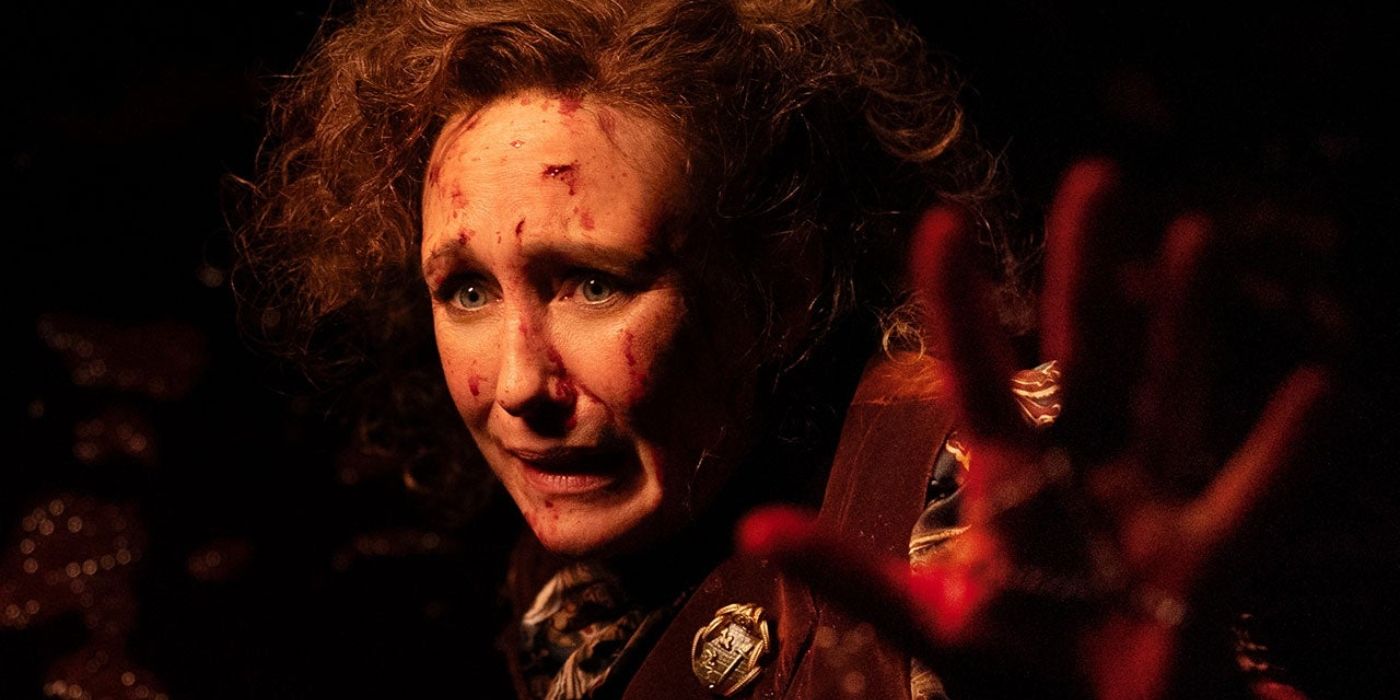
3. **The Conjuring Recreates the Perron Family’s Haunting in Rhode Island** Forget your standard jump scares; sometimes, the most terrifying horrors are those that simply refuse to leave your home, your family, or your sanity alone. That’s precisely the torment the Perron family claimed to endure, a chilling experience that became the foundation for the hugely successful film, “The Conjuring” (2013). This isn’t just a story about a spooky old house; it’s about a family’s descent into a paranormal nightmare in Harrisville, Rhode Island, in the 1970s.
Forget your standard jump scares; sometimes, the most terrifying horrors are those that simply refuse to leave your home, your family, or your sanity alone. That’s precisely the torment the Perron family claimed to endure, a chilling experience that became the foundation for the hugely successful film, “The Conjuring” (2013). This isn’t just a story about a spooky old house; it’s about a family’s descent into a paranormal nightmare in Harrisville, Rhode Island, in the 1970s.
Soon after moving into their seemingly idyllic farmhouse, the Perron family reported encountering a bewildering array of terrifying paranormal activity. We’re not talking about a few bumps in the night; they claimed to experience everything from ghostly apparitions that materialized out of thin air to violent disturbances that shook the very foundations of their home. Imagine your children describing invisible forces, or objects moving on their own—it’s enough to make anyone question their grip on reality.
The sheer scale and persistence of these alleged hauntings were so compelling that they couldn’t be ignored by the broader world. Their disturbing case eventually drew the attention of famed paranormal investigators Ed and Lorraine Warren, who meticulously documented the family’s terrifying experiences. For better or worse, the Warrens became synonymous with some of America’s most famous (and infamous) alleged hauntings, lending a certain gravitas, or at least notoriety, to the Perrons’ claims.
The film itself closely follows the Warrens’ investigation, dramatizing the supernatural torment that the Perrons described with a fidelity that many found genuinely unsettling. The small-town, isolated setting of Harrisville only amplified the sense of vulnerability and isolation, making the family’s ordeal feel all the more claustrophobic and inescapable. The enduring power of this story lies not just in the film, but in the real-life testimonies of the family members, which have kept the legend of the Harrisville haunting chillingly alive in American horror lore.
Read more about: Beyond the Screen: 13 Chilling Horror Films You Won’t Believe Are Rooted in Real-Life Terrors
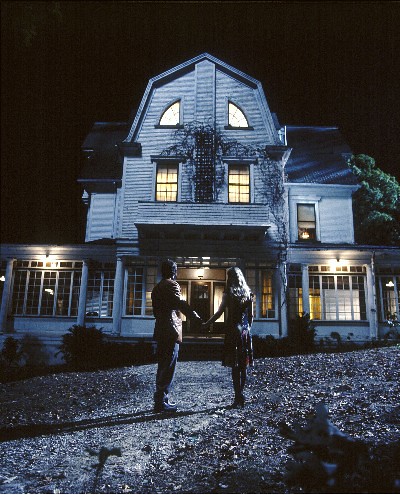
4. **The Amityville Horror Recreates a Suburban Nightmare in New York**: Suburban serenity, meet absolute, unmitigated horror. The town of Amityville, New York, once a picture of quiet, family-friendly living, was irrevocably marked by a tragedy so profound that it spawned one of the most iconic horror franchises in history. “The Amityville Horror” (1979) isn’t just a tale of a haunted house; it’s rooted in the brutal, real-life events of 1974, when Ronald DeFeo Jr. murdered his entire family in their seemingly peaceful home.
DeFeo Jr.’s defense was as chilling as the act itself: he claimed voices drove him to kill. While legal and psychological debates have raged over the years about the truth of his claims, the fact remains that a family was annihilated in a suburban home, transforming it into a site of unspeakable violence. This brutal act alone would be enough to cast a long shadow over any community, but in Amityville, it was just the beginning of the horror.
A year later, the Lutz family moved into the DeFeo home, and their subsequent claims of a terrifying haunting became the basis for Jay Anson’s bestselling book and, eventually, the film. From demonic pigs to inexplicable cold spots and disembodied voices, the Lutz family’s account of supernatural phenomena painted a picture of a house actively possessed by malevolent forces. The book and film became cultural touchstones, tapping into the deepest fears of home invasion and spiritual corruption.
While skeptics have vehemently questioned the veracity of the Lutz family’s haunting claims, deeming much of it a sensationalized hoax, the brutal murders themselves are an undeniable and deeply tragic part of Amityville’s history. The film’s potent blend of supernatural terror and true crime, regardless of the haunting’s authenticity, cemented its place in American horror lore. It forever cast a long, dark, and undeniable shadow over a neighborhood that once symbolized nothing but peace, proving that some horrors are all too real, even if others are merely really good stories.
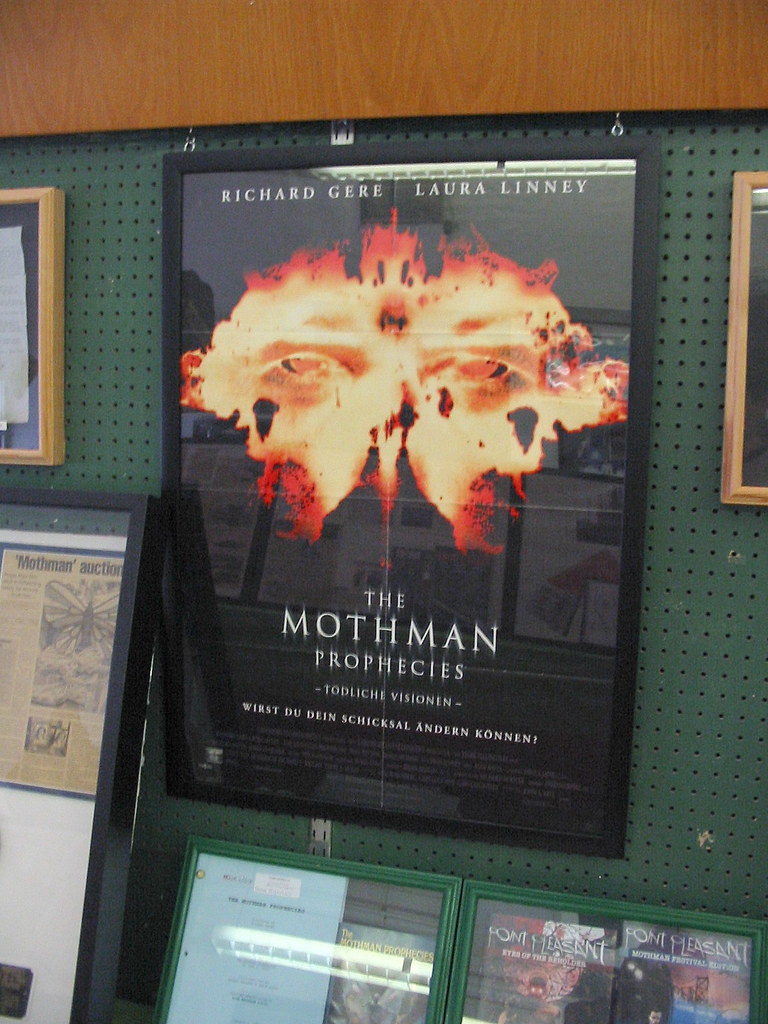
5. **The Mothman Prophecies Channels Point Pleasant’s Unexplained Events**: Sometimes, the horror isn’t just about a masked killer or a vengeful ghost; it’s about the creeping dread of the unknown, the unsettling feeling that something ancient and alien lurks just beyond our comprehension. Enter Point Pleasant, West Virginia, and its legendary cryptid: the Mothman. In the late 1960s, this small town found itself plagued not by a human monster, but by sightings of a mysterious winged creature, a harbinger of doom that defied rational explanation.
The tales of the Mothman were more than just local folklore; they were a community-wide phenomenon, deeply unsettling and profoundly impactful. Witnesses reported encounters with a large, winged, red-eyed entity, sparking widespread panic and a desperate search for answers. This period of strange encounters and escalating anxiety tragically culminated in one of the most devastating incidents in the town’s history: the collapse of the Silver Bridge in 1967.
This horrific event claimed 46 lives, leaving the entire community reeling and desperately searching for an explanation—any explanation—for the disaster. Was the Mothman a mere coincidence, a local myth, or something far more sinister, a warning that went unheeded? The connection between the sightings and the tragedy cemented the Mothman’s place in American urban legend, intertwining unexplained phenomena with profound human loss.
“The Mothman Prophecies” (2002), based on John Keel’s investigative book, skillfully weaves these real events into a psychological thriller that’s less about jump scares and more about existential dread. The film doesn’t just recount the sightings; it delves into the town’s collective trauma and the enduring mysteries that continue to haunt Point Pleasant. It’s a unique entry in American horror, blending folklore, tragedy, and unexplained phenomena into a truly unsettling narrative that questions what we think we know about reality.
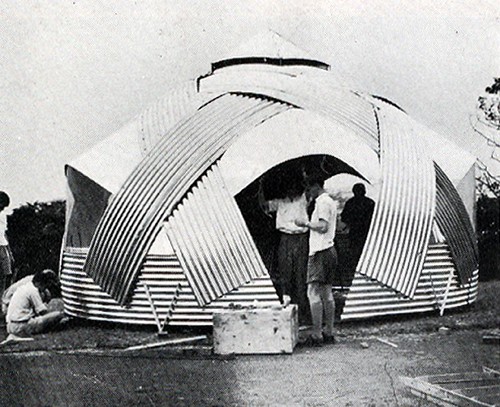
6. **United 93 Portrays the Heroism and Tragedy of 9/11**: Not all horror wears a mask or stalks deserted hallways. Sometimes, it descends from the sky, a chilling reality borne of human malice, and met with extraordinary human courage. “United 93” (2006) presents a harrowing, real-time depiction of a day etched into modern American history: the events aboard United Airlines Flight 93 on September 11, 2001. This film, unlike the others, doesn’t rely on the supernatural or a fictionalized killer; its terror is entirely, devastatingly real.
This flight, tragically hijacked as part of the coordinated terrorist attacks, was destined for Washington D.C., but never reached its target. Instead, it crashed into a field near Shanksville, Pennsylvania, after passengers aboard heroically fought back against the hijackers. This wasn’t a scripted act of heroism; it was a desperate, courageous uprising by ordinary people facing unimaginable evil. The small town of Shanksville and its surrounding communities were forever marked by this tragedy and the immense bravery displayed that day, becoming a symbol of national resilience.
Directed by Paul Greengrass, the film is an unflinching and deeply respectful tribute to the passengers and crew. Their desperate actions, driven by a profound understanding of their fate, likely prevented further devastation and loss of life on the ground. It’s a gut-wrenching watch, forcing viewers to confront the raw, terrifying reality of that day without sensationalism.
“United 93” brings to life one of the most significant and heartbreaking moments in modern American history, grounding its horror not in fiction, but in the reality of collective trauma and individual heroism. It reminds us that sometimes, the true horrors aren’t found in cryptids or ghosts, but in the depths of human evil and the soaring heights of human courage, particularly when an unsuspecting small town suddenly becomes the epicenter of a global tragedy. The film stands as a testament to the fact that real life can be far more terrifying, and far more inspiring, than anything Hollywood could dream up.
So there you have it, folks. We’ve journeyed through twelve horrifying tales, each proving that when it comes to sheer, bone-chilling terror, Hollywood often doesn’t have to invent a thing. From cannibalistic killers in Wisconsin to masked fiends in Texarkana, from demonic possessions in Rhode Island to the silent dread of being lost at sea, these stories weren’t conjured from the depths of a writer’s imagination. They were ripped straight from the headlines, from hushed whispers in diners, and from the collective trauma of communities that never quite recovered. Small-town America, for all its nostalgic charm, harbors a dark side that is fertile ground for nightmares, both real and reel. So, the next time you find yourself cruising through a picturesque little burg, just remember: everyone, and every place, has its secrets. And some of those secrets are just begging to be turned into a movie. You’re welcome, and good luck sleeping tonight.

